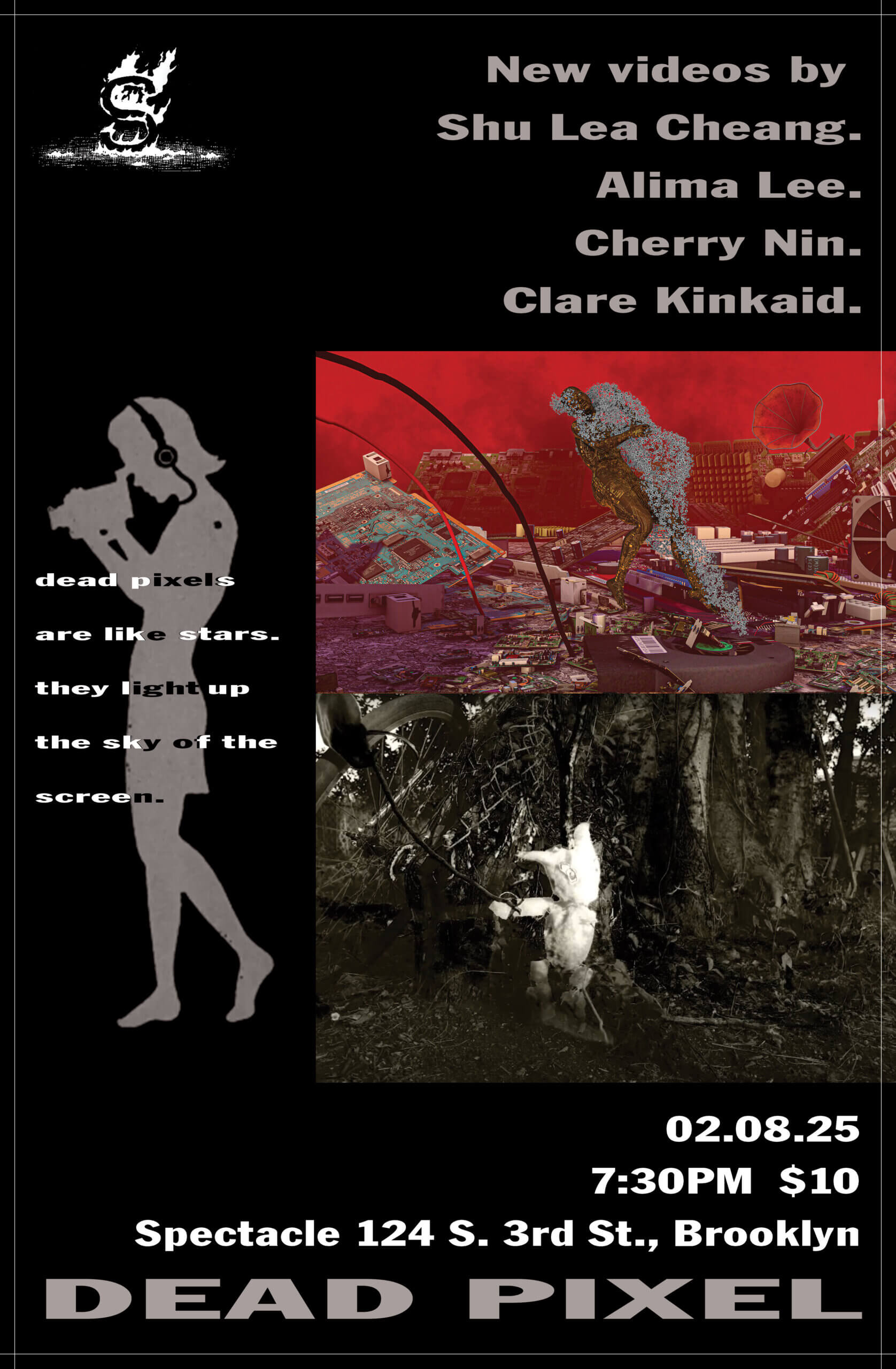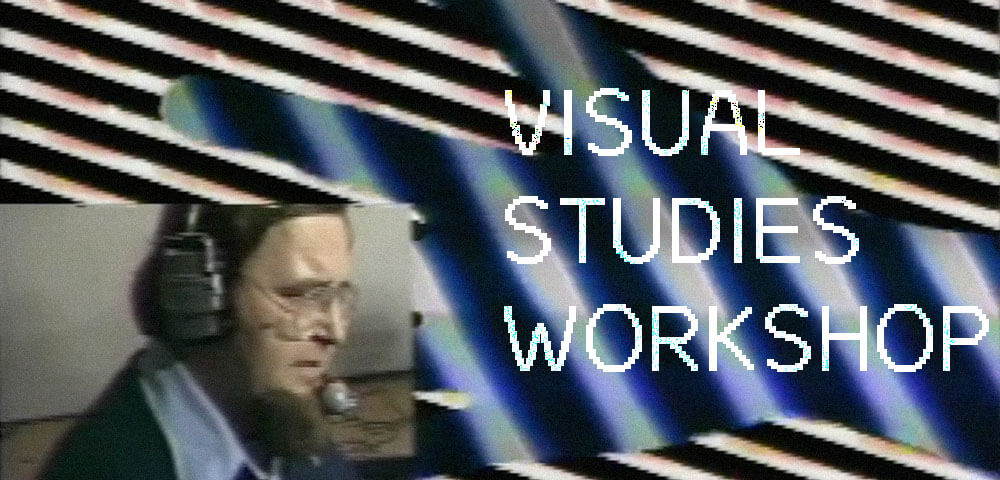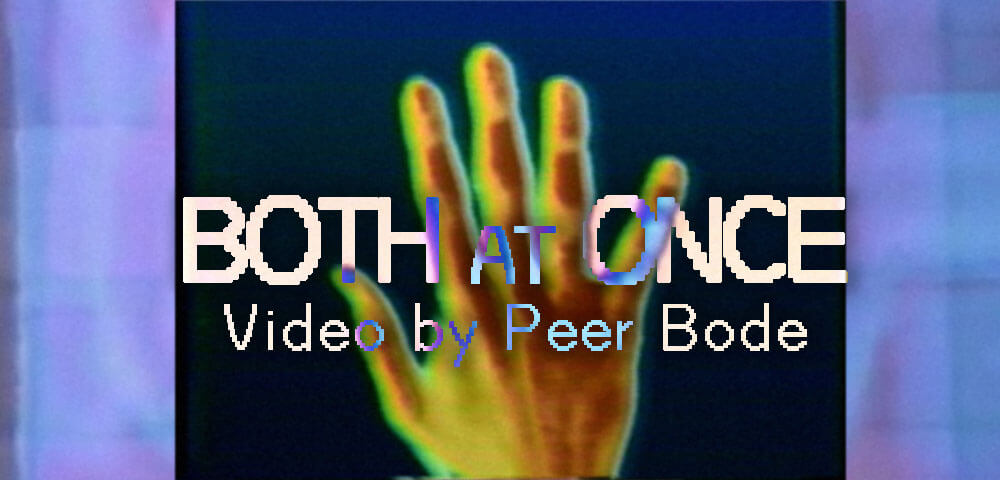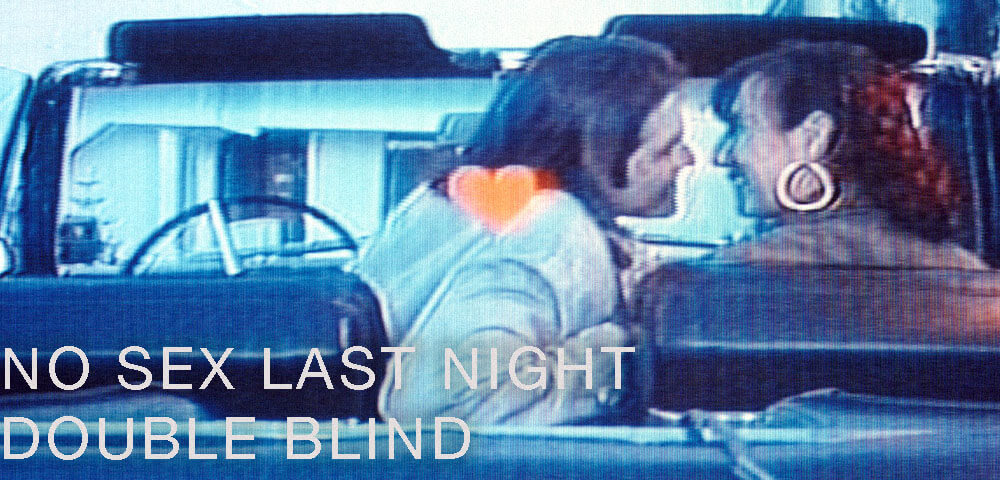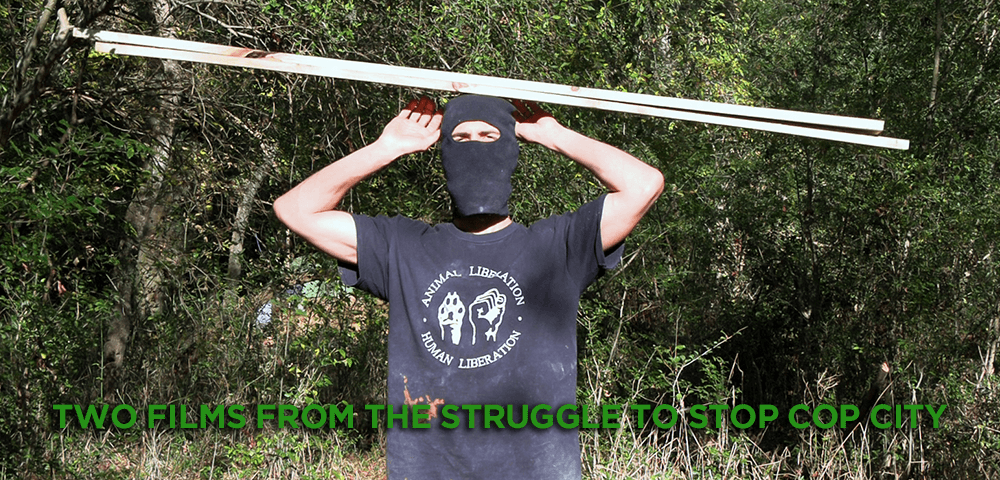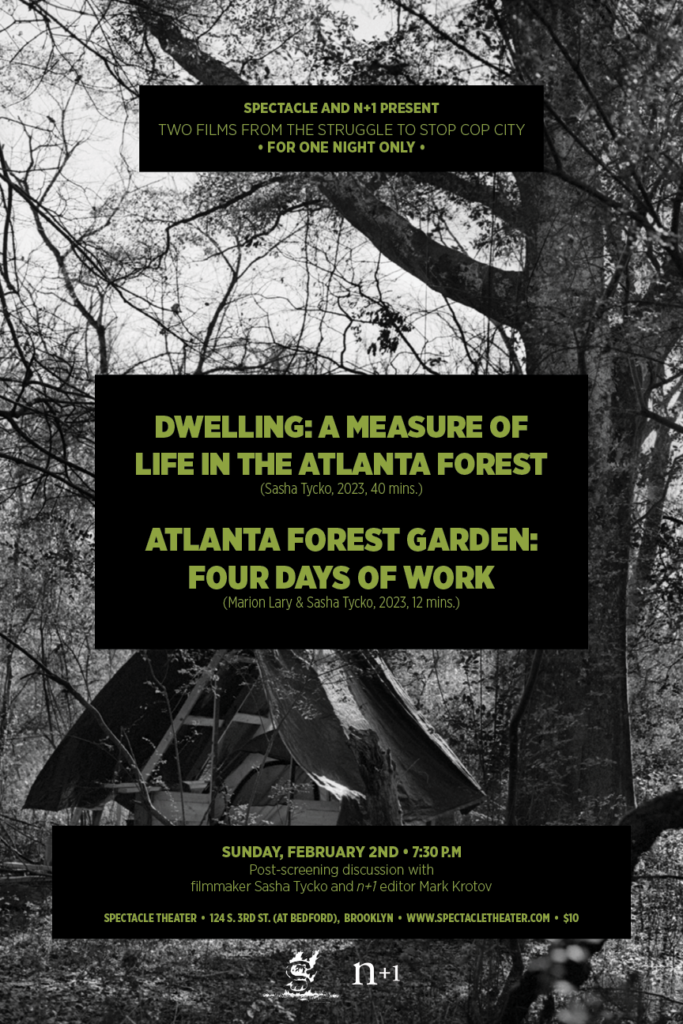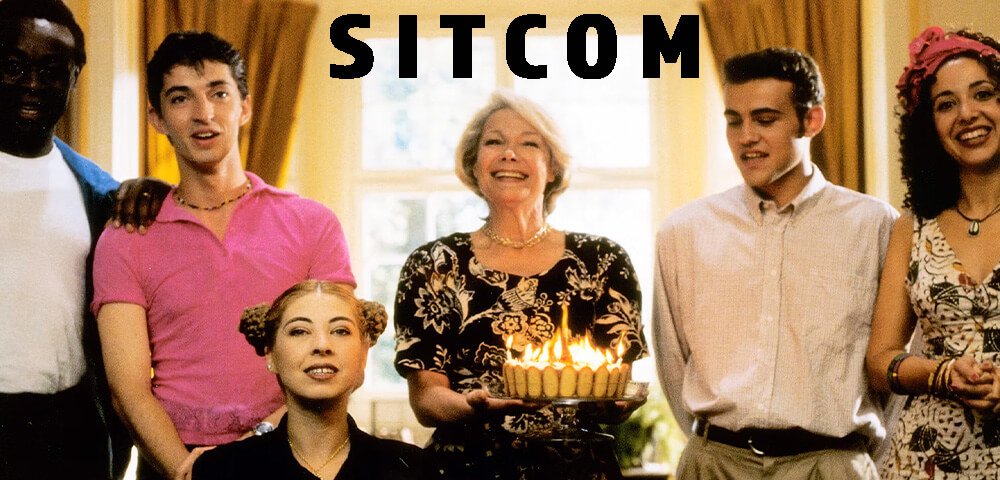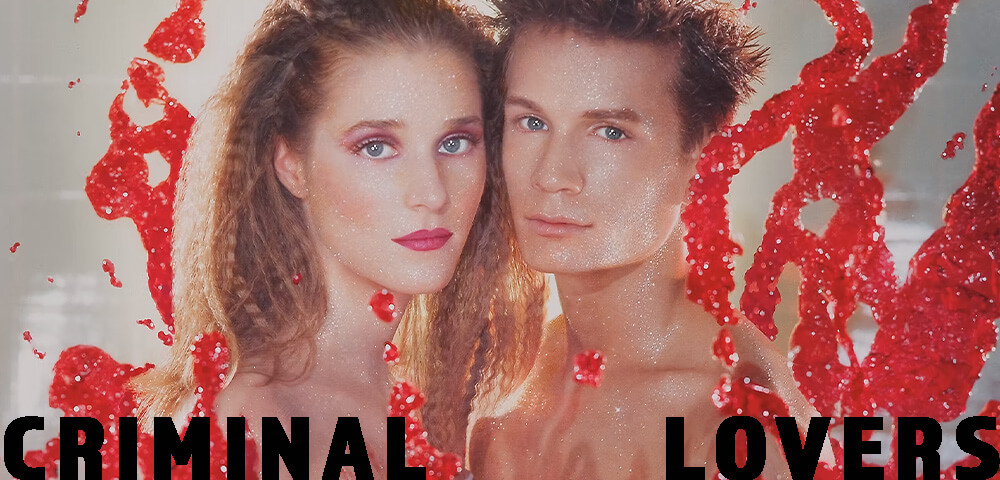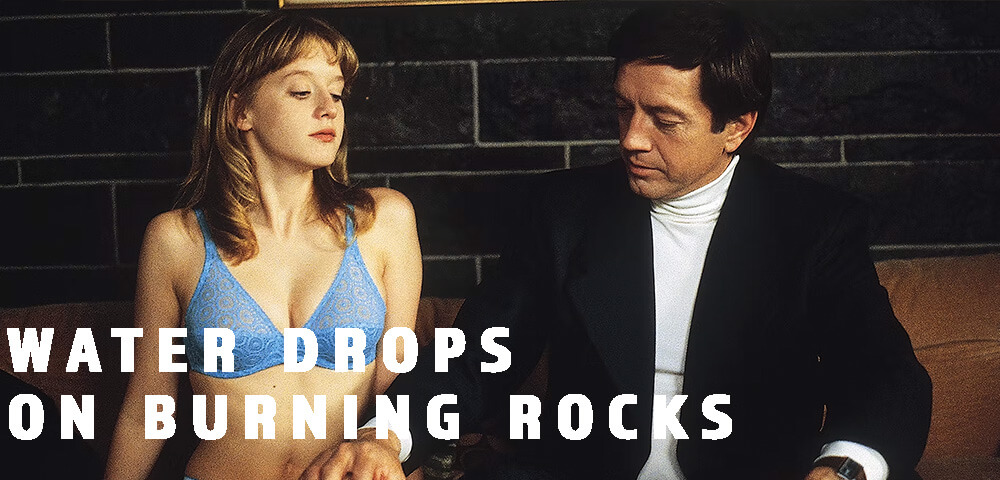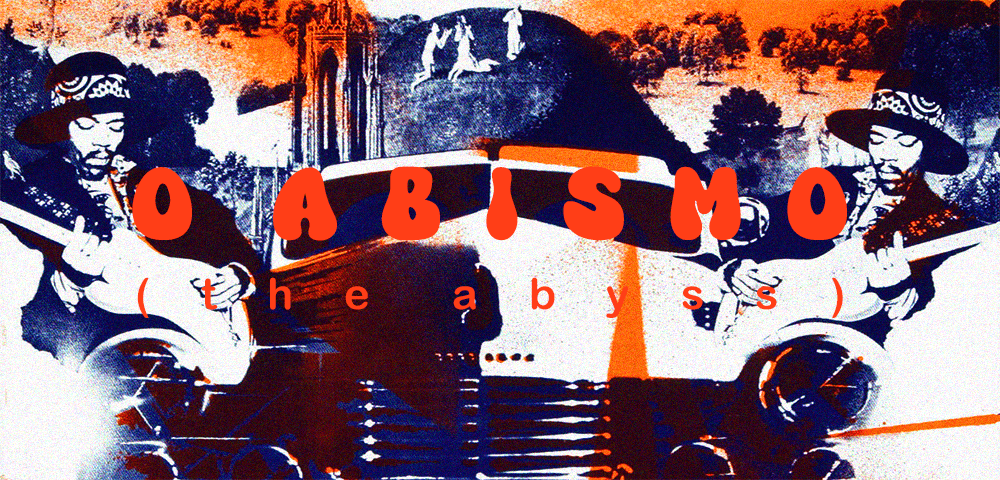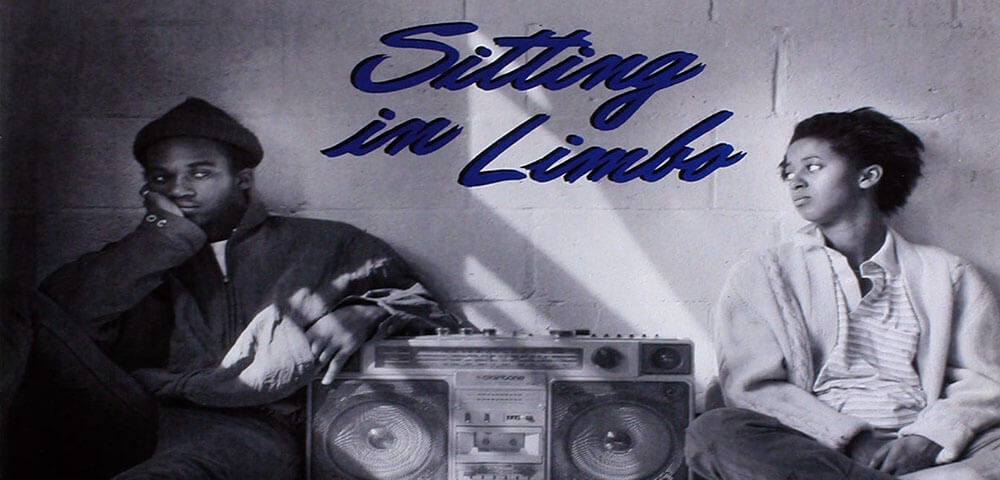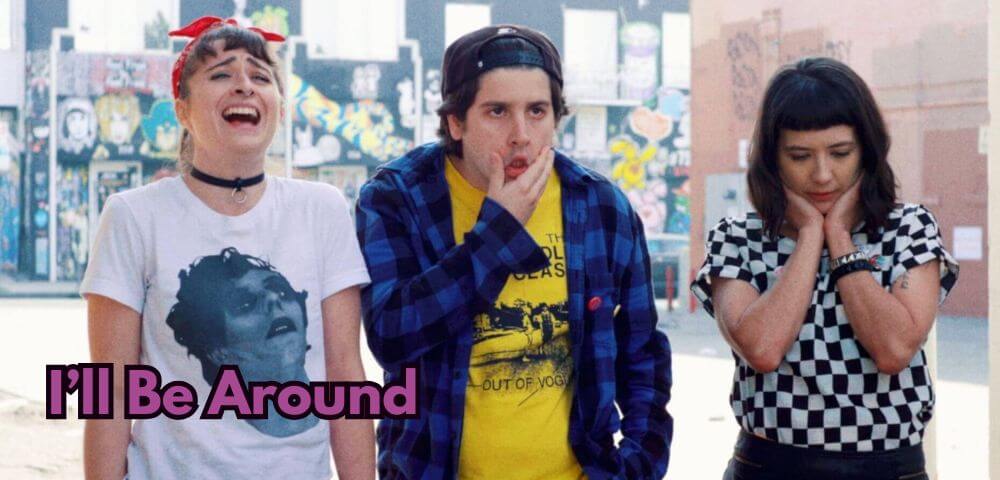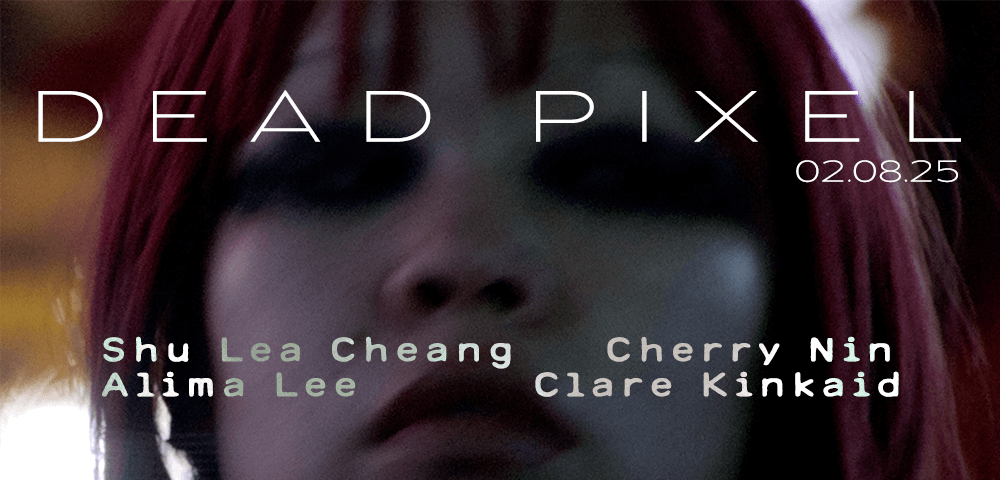
SATURDAY, FEBRUARY 8 – 7:30 PM
TICKETS
Exposing the apocalypse as our current reality, DEAD PIXEL is a spell for coping with inhospitable conditions. These experimental works use film and video as tools for charting underground networks wherein technology, surveillance, labor, and desire intersect, creating dynamic conversations around queer ecologies, alchemy, transmutation, and haunting. Each of these works takes place on the fringes of a hostile society, forming worlds in the breakdown of what came before. They evolve, linger, amuse, distort, persist, and reconfigure themselves under the pressure of dystopia.
For one night only, Spectacle will present four short films, along with a Q&A with filmmakers Alima Lee, Cherry Nin, and Clare Kinkaid.
VIRUS BECOMING
Dir. Shu Lea Cheang, 2022
France, 6 min
A prelude to Cheang’s feature UKI (2023), this is a 3D sketch of the birth of UKI the virus. VIRUS BECOMING follows the trajectory of the defunct humanoid Reiko, who’s been dumped in E-Trashville by GENOM Corp. As Reiko attempts to reboot themselves back into existence, they encounter E-Trashville’s community of trans-mutants, hackers, coders, migrants, refugees, and native laborers, going through a series of transformations.
Born in Taiwan in 1954, Shu Lea Cheang has lived and worked in the United States as well as Japan, Holland, the United Kingdom, and France. She has been a member of the alternative media collective Paper Tiger Television since 1982 and produced public-access programs for the group addressing racism in the media. Her career as a multimedia and new media artist began in the 1980s. In her work, she engages in genre-bending, gender-hacking practices. Brandon (1999) established her as a net art pioneer, the first web art commissioned and collected by the Guggenheim. Her filmography includes HOW HISTORY WAS WOUNDED (1990), FRESH KILL (1994), I.K.U. (2000), LOVE ME 2030 (2000), WONDERS WANDER (2017), 3X3X6 10 CASES 10 FILMS (2019), and UKI (2023).
REVOLVER MAGIC WAND
Dir. Cherry Nin, 2024
United States, 24 min
Sex worker Haunted is troubled by the murder of her girlfriend, moving through the world like a ghost. Meanwhile, her client John, growing increasingly paranoid that he is being spied upon, digs deep into a hole in his backyard.
Cherry Nin is a New York City-based artist primarily making films. Driven by an ongoing investigation of the potential of video to transmute violence and a devout commitment to art-making as a spiritual endeavor, Nin’s projects situate the hyperreal, the underground, the unseen, and the in-between as sites of play, possibility, and refuge for gendered and sexualized people. Nin is a recipient of the Leeway Foundation’s Art & Change Grant (2020) and the Philadelphia Independent Media Fund (2021). Past residencies include KAJE, the Wexner Center for the Arts, and Outpost Artist Resources. Their work has recently been presented at Time & Space Limited, re:assemblage collective’s Diffusion Film Festival, The Kitchen’s online streaming room, Millennium Film Workshop, and Vox Populi. Nin is the founder of Krissy Talking Pictures, a video art collective creating opportunities for queer artists. Nin holds an MFA in moving images from Bard College’s Milton Avery Graduate School of the Arts.
THE SIREN’S LAMENT
Dir. Alima Lee, 2024
United States, 18 min
A siren emerges from the Atlantic, a product of Black wrath, and haunts the thirteen colonies.
Alima Lee is a transdisciplinary artist of afrodiasporic origin both from and currently based in New York City. Their work explores themes of identity and intersectionality. They are a recent Frieze LA x Ghetto Film School Fellow and cohost of the radio show Rave Reparations on NTS. Working in an uninhibited range of mediums from video installation and photography to printmaking and sculpture, Alima is on an ever-constant freefall from structure. Their video work is currently on view at HVW8 Gallery in Berlin and has been presented at the Tate Modern, MOCA, National Museum of African American History and Culture, Gavin Brown’s Enterprise, and ICA Boston, among other global entities.
2 *CURIOUS* GIRLS PLAY IN 1 **MUD**
Dir. Clare Kinkaid, 2022
United States, 7 min
Two girls are lured into a mud pit and play until exhaustion.
Clare Kinkaid is an intuitive filmmaker and amateur detective with a practice that spans video, photo, installation, and live storytelling. She is the founder of Mary’s Underground, a DIY art space in Iowa City, as well as Iowa City Video Zine at Public Space One. She is a member of Krissy Talking Pictures, a video art collective.
